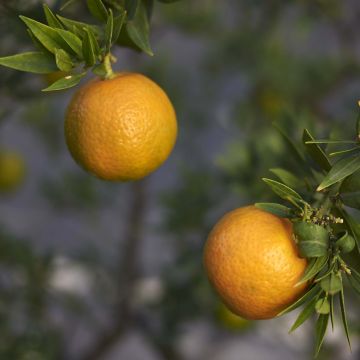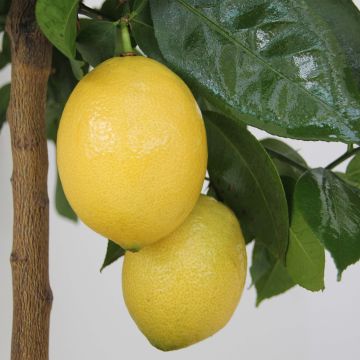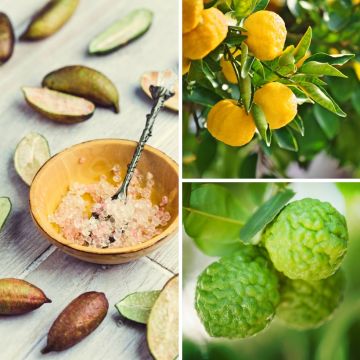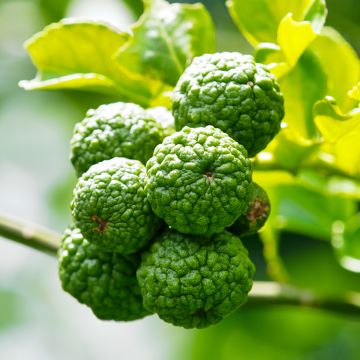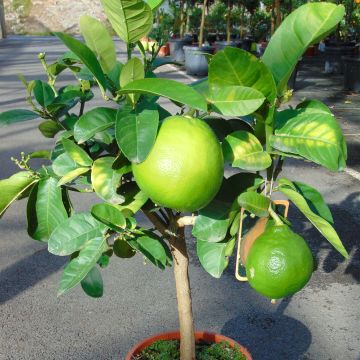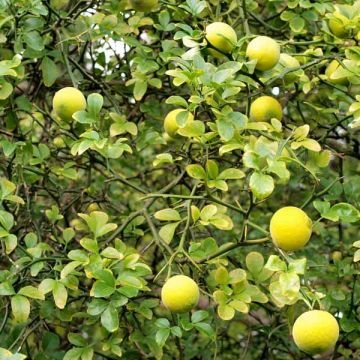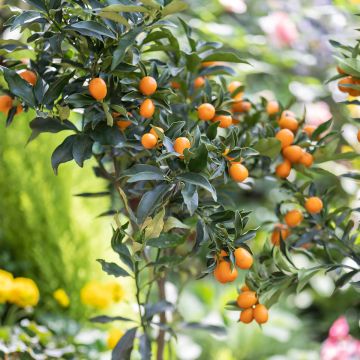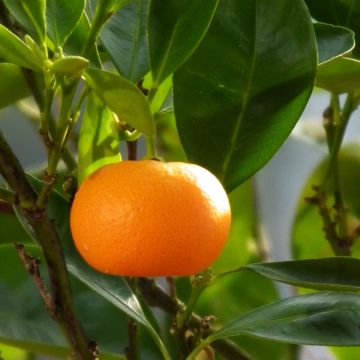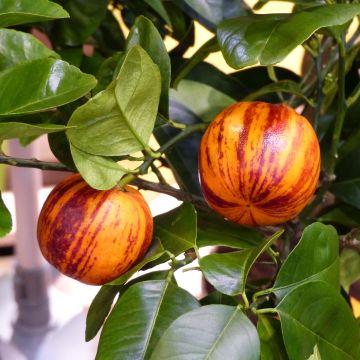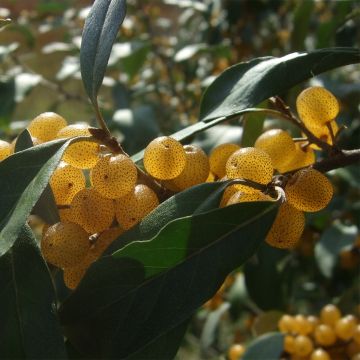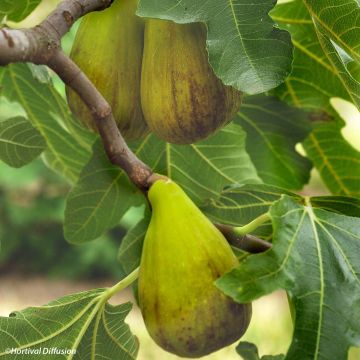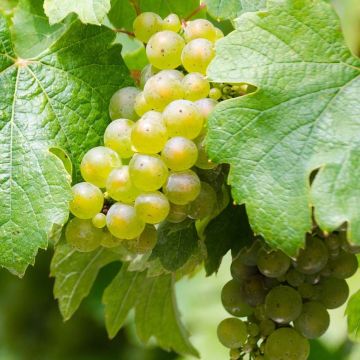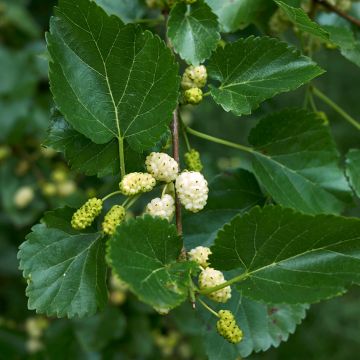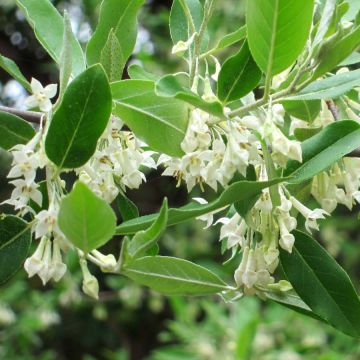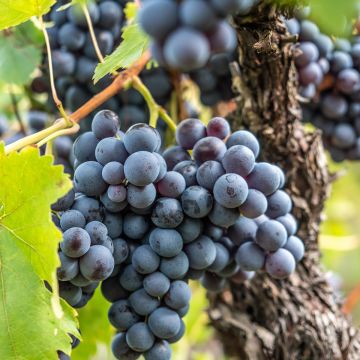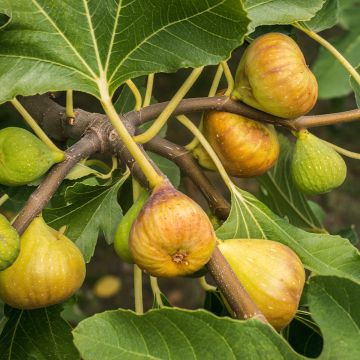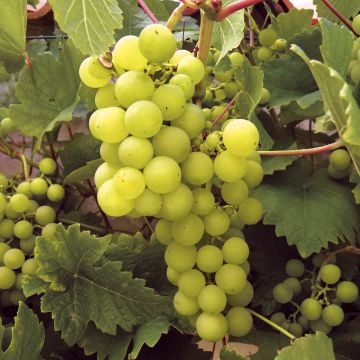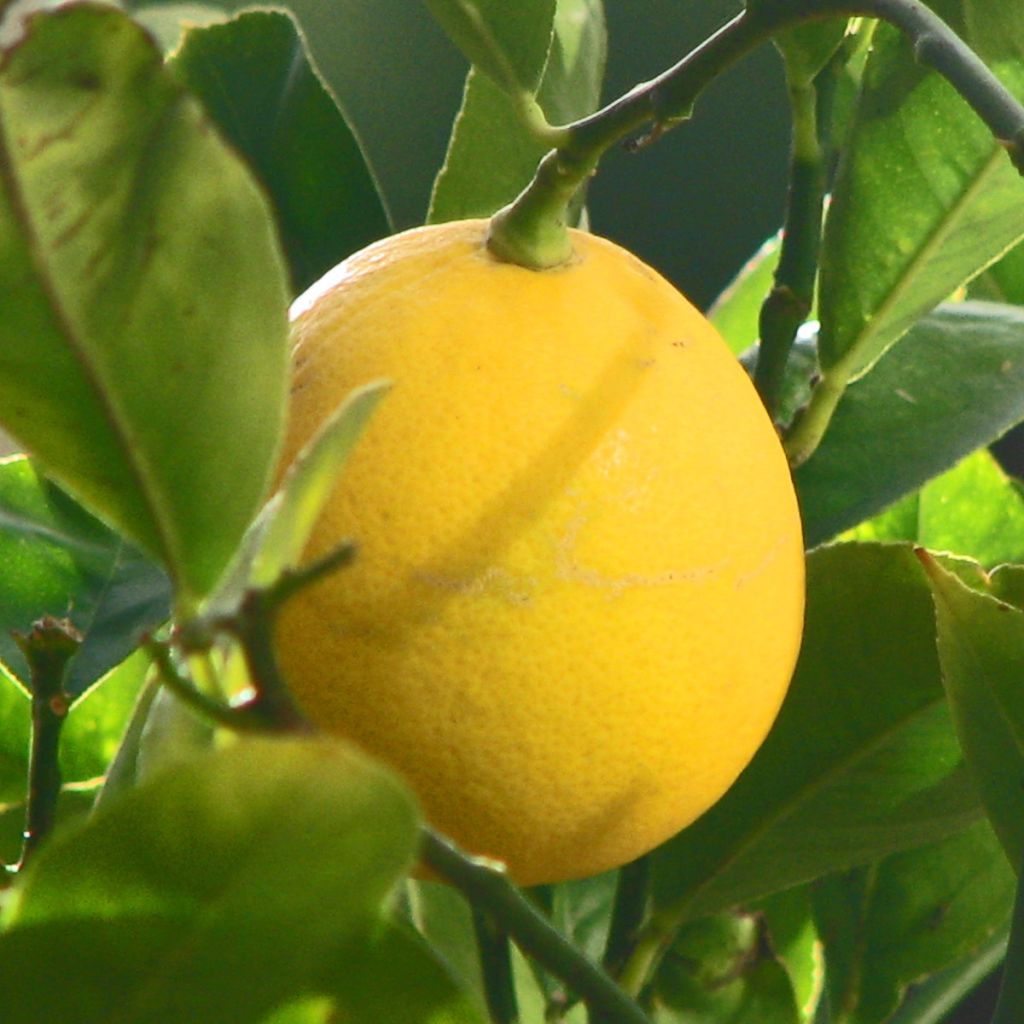

Citronnier Meyer - Agrumes
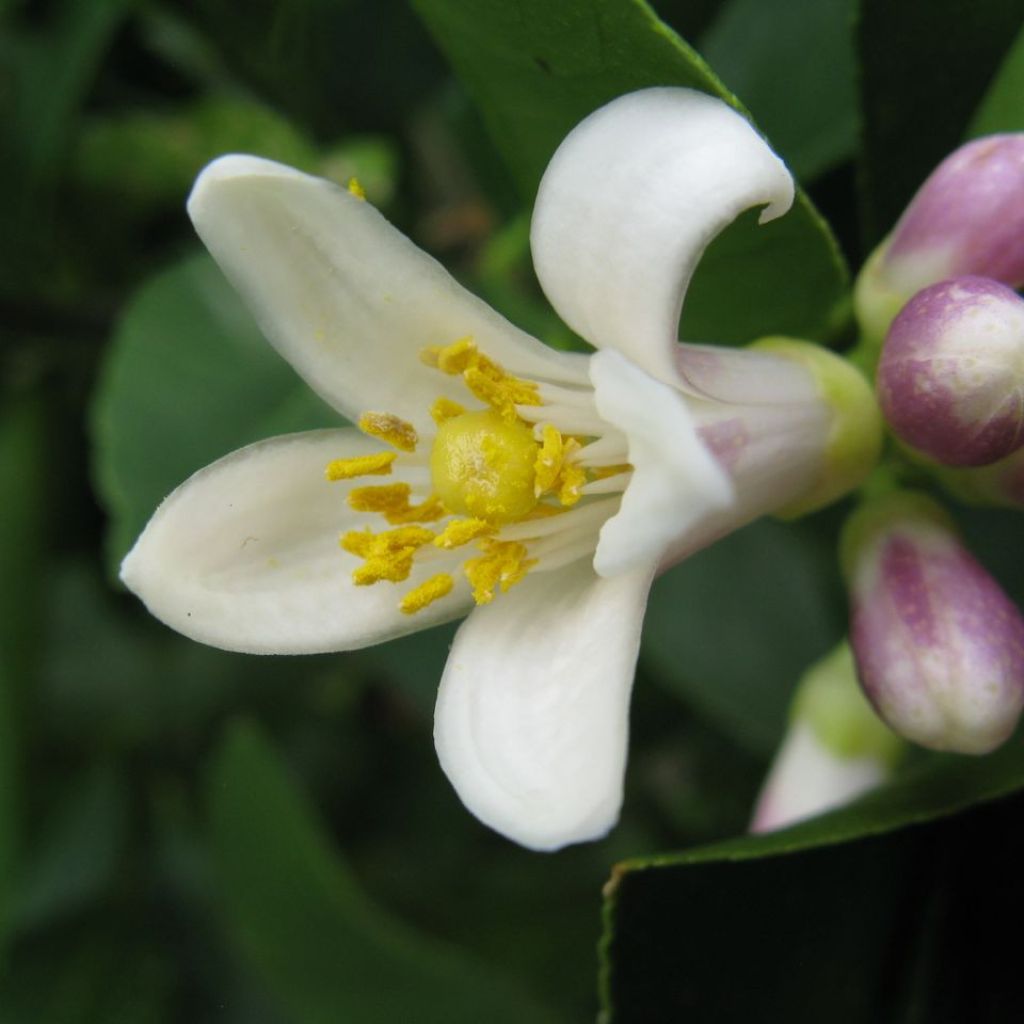

Citronnier Meyer - Agrumes
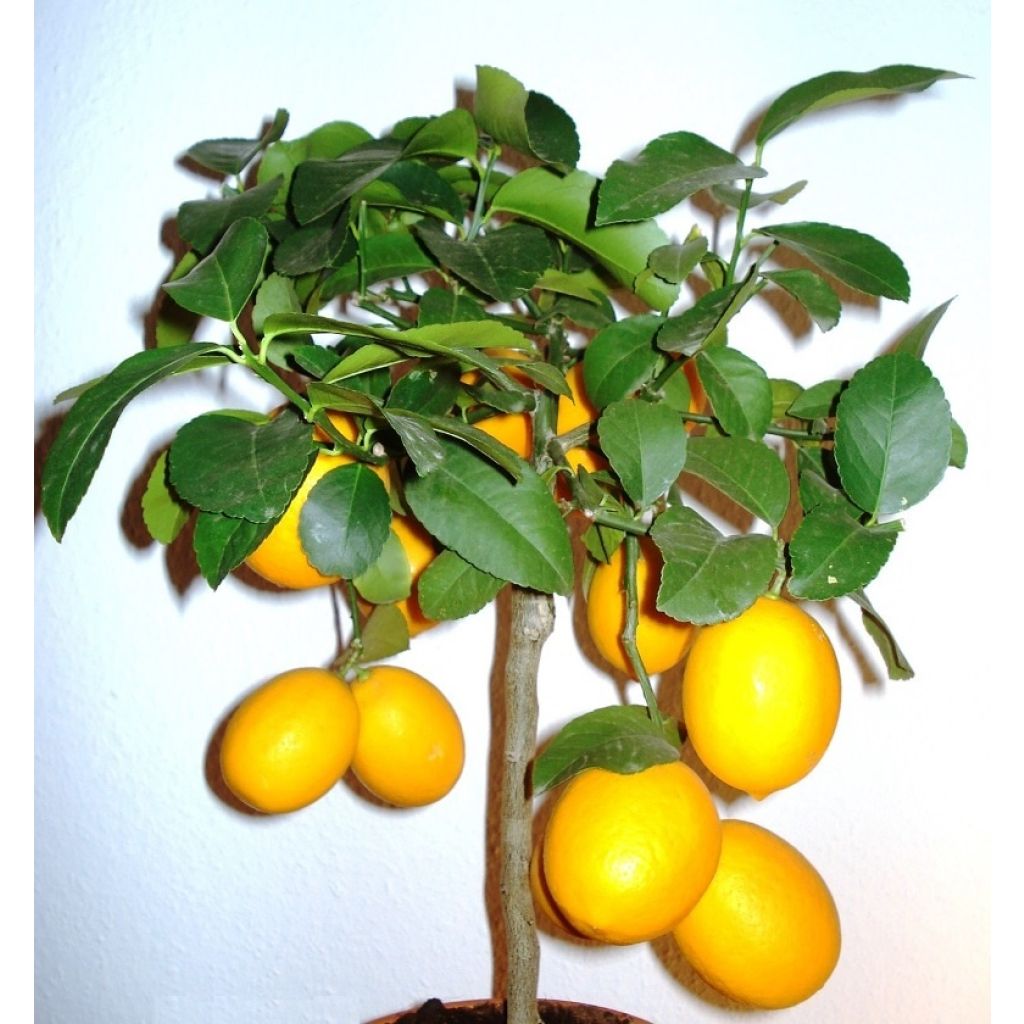

Citronnier Meyer - Agrumes
Meyer Lemon Tree - Citrus x meyeri
Citrus x limon 'Meyer'
Lemon
This item cannot be shipped to the selected country
Delivery charge from €5.90
Oversize package delivery charge from €6.90
Delivery to Corse prohibited
More information
Schedule delivery date,
and select date in basket
This plant carries a 6 months recovery warranty
More information
We guarantee the quality of our plants for a full growing cycle, and will replace at our expense any plant that fails to recover under normal climatic and planting conditions.
From €5.90 for pickup delivery and €6.90 for home delivery
Express home delivery from €8.90.
Oversize package: home delivery by special carrier from €6.90 per order..
Express home delivery from €8.90.
Delivery to Corse prohibited: UE law prohibits the import of this plant from mainland France to Corse as part of the fight against Xylella fastidiosa. Please accept our sincere apologies.
More information

Description
The Meyer Lemon Tree produces large, very flavourful fruits with thin, smooth skin. Their juicy pulp is less acidic than the classic lemon. This hardy variety can withstand temperatures as low as -11°C and blooms twice a year, in spring and autumn. The Meyer Lemon Tree can be planted directly in the ground in Mediterranean climates or grown in a pot in other regions. It thrives in sunny and sheltered locations. Plant in spring for almost year-round harvest.
The Meyer Lemon Tree produces large, very flavourful fruits with juicy pulp that is less acidic than the classic lemon. The lemons have thin, smooth skin and turn yellow-orange when ripe. The harvest can be done almost year-round. Once picked, lemons can be stored at room temperature for up to a week. Lemons can be used in both savoury and sweet dishes: lemon chicken, lemon meringue pie, preserved lemons, etc. Handy tip: dip freshly cut fruits (apples, pears, bananas, avocados, etc.) in lemon juice to prevent them from turning brown when exposed to air. Lemon slices can also be used to garnish dishes.
The 'Meyer' variety is one of the hardiest varieties, able to withstand temperatures as low as -11°C. It has the unique characteristic of blooming twice a year, in spring and autumn. The small white flowers are pleasantly fragrant and grow in small clusters. They will eventually develop into fruits, which ripen from November onwards. Fruit production occurs on the current year's wood. In winter, the 'Meyer' Lemon Tree goes into a dormant period and should be placed in a cool location, between 0 and 5°C, or protected with winter covering if planted in the ground.
The Lemon Tree (Citrus limon) belongs to the Rutaceae family and the Citrus genus, which includes citrus trees such as orange trees, grapefruit trees, mandarin trees, yuzu trees, and clementine trees. Originating from Asia, it is an evergreen tree that can reach a height of 2 to 3 m (7 to 10ft) at maturity. It has a bushy habit, with a more or less spreading shape. The persistent, alternate leaves are 5 to 10cm (2 to 4in) long, elliptical, and dark green. They have spines at the base. The Lemon Tree can be planted directly in the ground in Mediterranean regions and grown in a pot in other regions.
Report an error about the product description
Meyer Lemon Tree - Citrus x meyeri in pictures


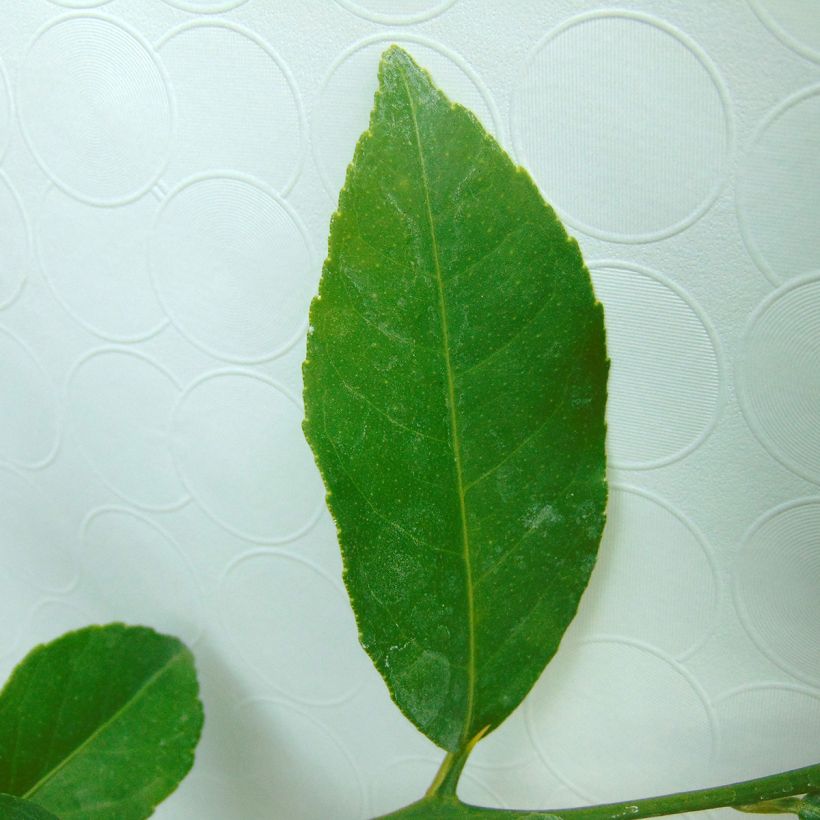





Plant habit
Fruit
Flowering
Foliage
Botanical data
Citrus
x limon
'Meyer'
Rutaceae
Lemon
Southeast Asia
Other Citrus trees
Planting and care
The Citrus tree is planted in open ground in the South, in a Mediterranean climate, or in a pot in cooler regions, to be stored away in winter. Planting is done in spring. Choose a sunny and sheltered location. The Citrus tree thrives in light, well-drained soils, with a tendency to be sandy and non-calcareous. It enjoys the heat but fears drought.
Soak the root ball in water for a few moments before planting.
In open ground: dig a hole, add a layer of gravel at the bottom of the planting hole and mix well-rotted compost and sand with the soil. Place the root ball, cover with soil and firm it down. Water generously at planting, regularly during the summer, then reduce watering significantly during the winter period. When the vegetative phase begins (appearance of flowers), gradually increase watering.
In spring, add well-rotted compost. At the end of autumn, protect the Citrus tree with a winter cover.
In a pot: choose a pot 2 to 3 times larger than the volume of the root ball. Place a layer of gravel or clay pellets at the bottom of the pot to facilitate drainage. Fill the pot with a mixture of citrus-specific compost, a little garden soil, and a little sand. Place the root ball and cover with soil. Firm it down and water generously. From October to April, bring the pot indoors to a cool and bright room with a temperature below 10°C (50°F), ideally between 0 and 5°C (32 and 41°F). Water regularly, twice a week in summer and once or twice a month in winter. Do not let water stagnate in the saucer. Plan to repot it every 3 years or so.
At the end of winter, apply organic fertiliser. In case of aphid or scale attacks, spray soapy water on the foliage.
Planting period
Intended location
Care
-
, onOrder confirmed
Reply from on Promesse de fleurs
Mediterranean fruit trees
Haven't found what you were looking for?
Hardiness is the lowest winter temperature a plant can endure without suffering serious damage or even dying. However, hardiness is affected by location (a sheltered area, such as a patio), protection (winter cover) and soil type (hardiness is improved by well-drained soil).

Photo Sharing Terms & Conditions
In order to encourage gardeners to interact and share their experiences, Promesse de fleurs offers various media enabling content to be uploaded onto its Site - in particular via the ‘Photo sharing’ module.
The User agrees to refrain from:
- Posting any content that is illegal, prejudicial, insulting, racist, inciteful to hatred, revisionist, contrary to public decency, that infringes on privacy or on the privacy rights of third parties, in particular the publicity rights of persons and goods, intellectual property rights, or the right to privacy.
- Submitting content on behalf of a third party;
- Impersonate the identity of a third party and/or publish any personal information about a third party;
In general, the User undertakes to refrain from any unethical behaviour.
All Content (in particular text, comments, files, images, photos, videos, creative works, etc.), which may be subject to property or intellectual property rights, image or other private rights, shall remain the property of the User, subject to the limited rights granted by the terms of the licence granted by Promesse de fleurs as stated below. Users are at liberty to publish or not to publish such Content on the Site, notably via the ‘Photo Sharing’ facility, and accept that this Content shall be made public and freely accessible, notably on the Internet.
Users further acknowledge, undertake to have ,and guarantee that they hold all necessary rights and permissions to publish such material on the Site, in particular with regard to the legislation in force pertaining to any privacy, property, intellectual property, image, or contractual rights, or rights of any other nature. By publishing such Content on the Site, Users acknowledge accepting full liability as publishers of the Content within the meaning of the law, and grant Promesse de fleurs, free of charge, an inclusive, worldwide licence for the said Content for the entire duration of its publication, including all reproduction, representation, up/downloading, displaying, performing, transmission, and storage rights.
Users also grant permission for their name to be linked to the Content and accept that this link may not always be made available.
By engaging in posting material, Users consent to their Content becoming automatically accessible on the Internet, in particular on other sites and/or blogs and/or web pages of the Promesse de fleurs site, including in particular social pages and the Promesse de fleurs catalogue.
Users may secure the removal of entrusted content free of charge by issuing a simple request via our contact form.
The flowering period indicated on our website applies to countries and regions located in USDA zone 8 (France, the United Kingdom, Ireland, the Netherlands, etc.)
It will vary according to where you live:
- In zones 9 to 10 (Italy, Spain, Greece, etc.), flowering will occur about 2 to 4 weeks earlier.
- In zones 6 to 7 (Germany, Poland, Slovenia, and lower mountainous regions), flowering will be delayed by 2 to 3 weeks.
- In zone 5 (Central Europe, Scandinavia), blooming will be delayed by 3 to 5 weeks.
In temperate climates, pruning of spring-flowering shrubs (forsythia, spireas, etc.) should be done just after flowering.
Pruning of summer-flowering shrubs (Indian Lilac, Perovskia, etc.) can be done in winter or spring.
In cold regions as well as with frost-sensitive plants, avoid pruning too early when severe frosts may still occur.
The planting period indicated on our website applies to countries and regions located in USDA zone 8 (France, United Kingdom, Ireland, Netherlands).
It will vary according to where you live:
- In Mediterranean zones (Marseille, Madrid, Milan, etc.), autumn and winter are the best planting periods.
- In continental zones (Strasbourg, Munich, Vienna, etc.), delay planting by 2 to 3 weeks in spring and bring it forward by 2 to 4 weeks in autumn.
- In mountainous regions (the Alps, Pyrenees, Carpathians, etc.), it is best to plant in late spring (May-June) or late summer (August-September).
The harvesting period indicated on our website applies to countries and regions in USDA zone 8 (France, England, Ireland, the Netherlands).
In colder areas (Scandinavia, Poland, Austria...) fruit and vegetable harvests are likely to be delayed by 3-4 weeks.
In warmer areas (Italy, Spain, Greece, etc.), harvesting will probably take place earlier, depending on weather conditions.
The sowing periods indicated on our website apply to countries and regions within USDA Zone 8 (France, UK, Ireland, Netherlands).
In colder areas (Scandinavia, Poland, Austria...), delay any outdoor sowing by 3-4 weeks, or sow under glass.
In warmer climes (Italy, Spain, Greece, etc.), bring outdoor sowing forward by a few weeks.


































